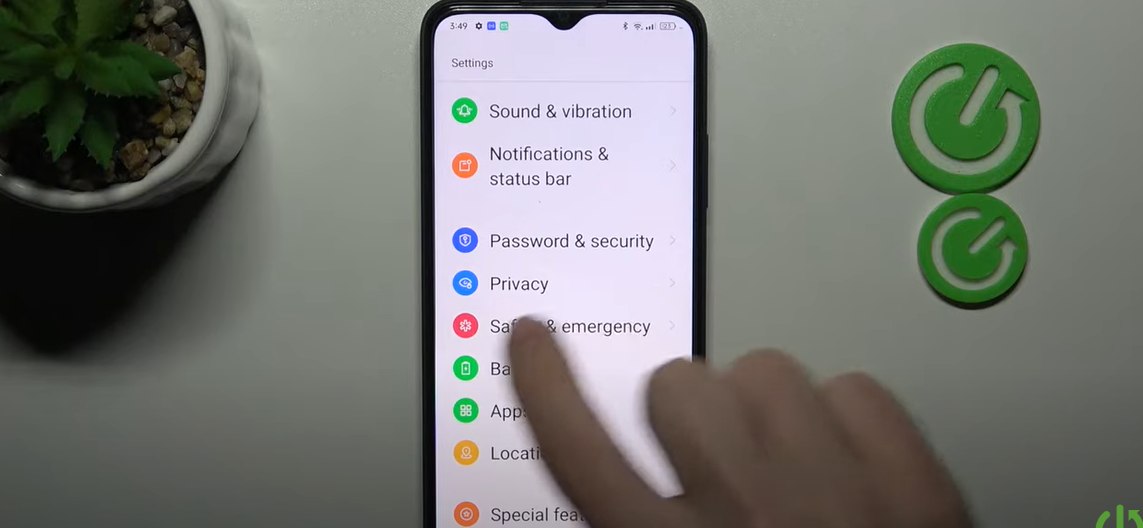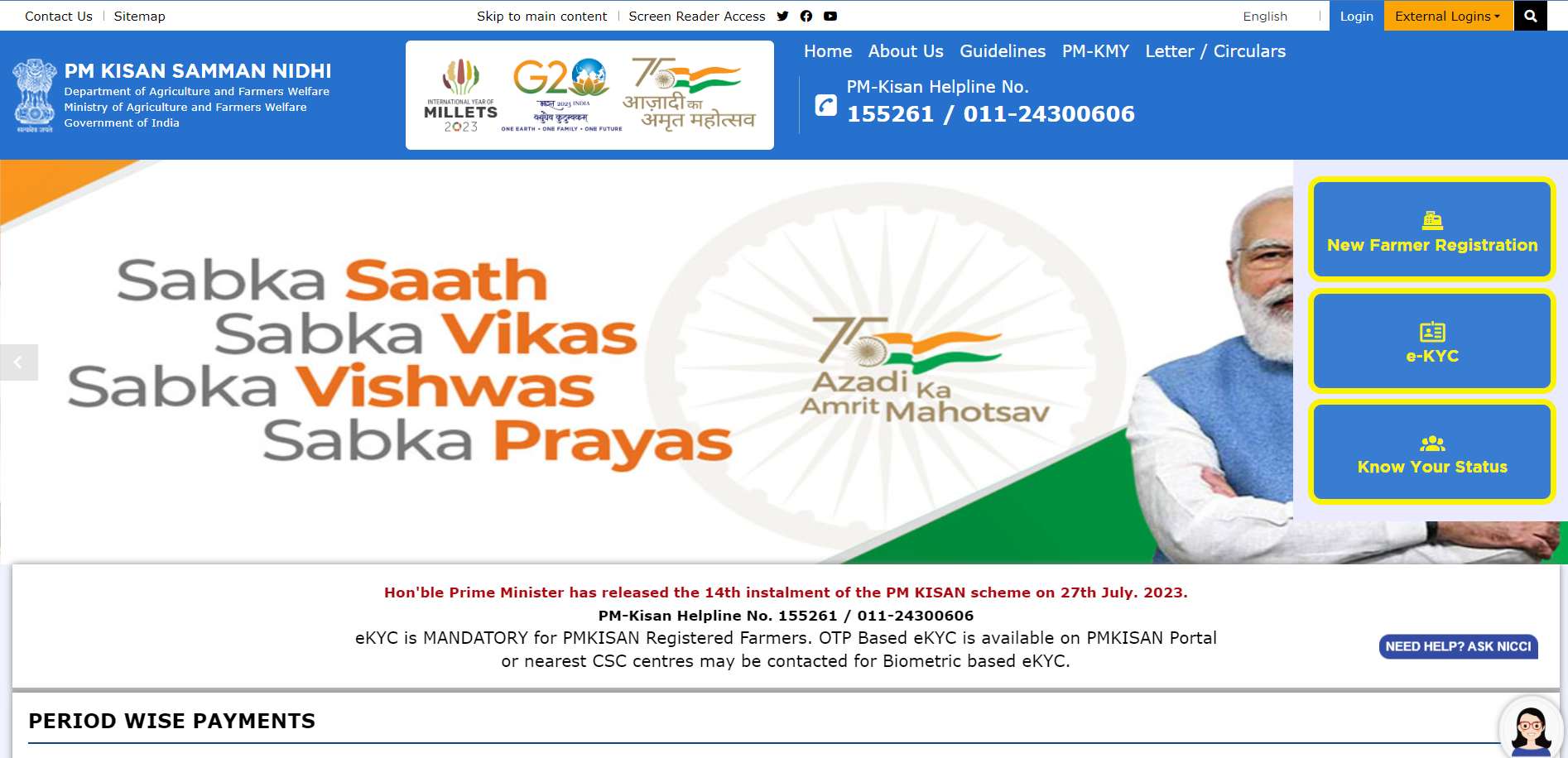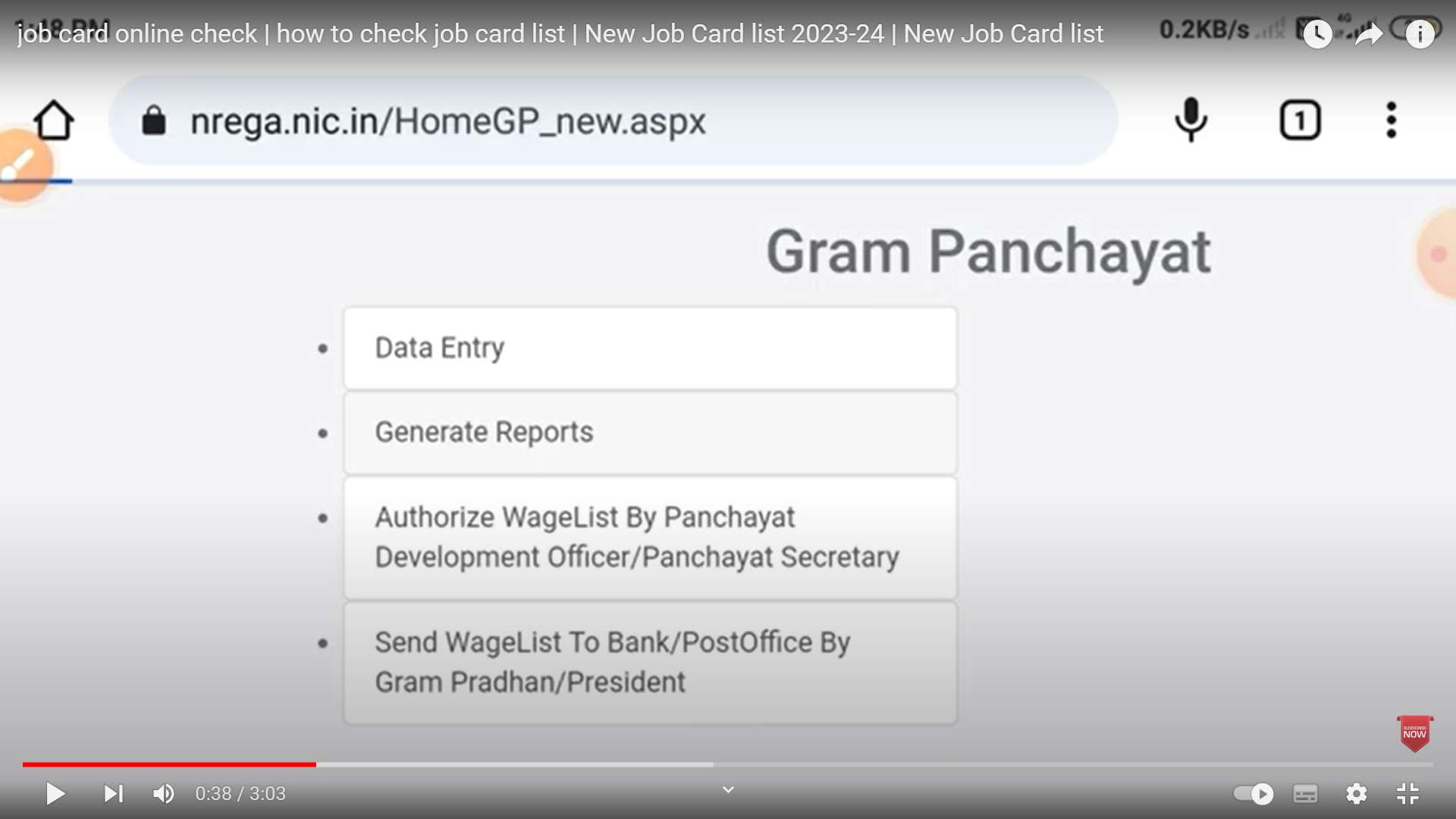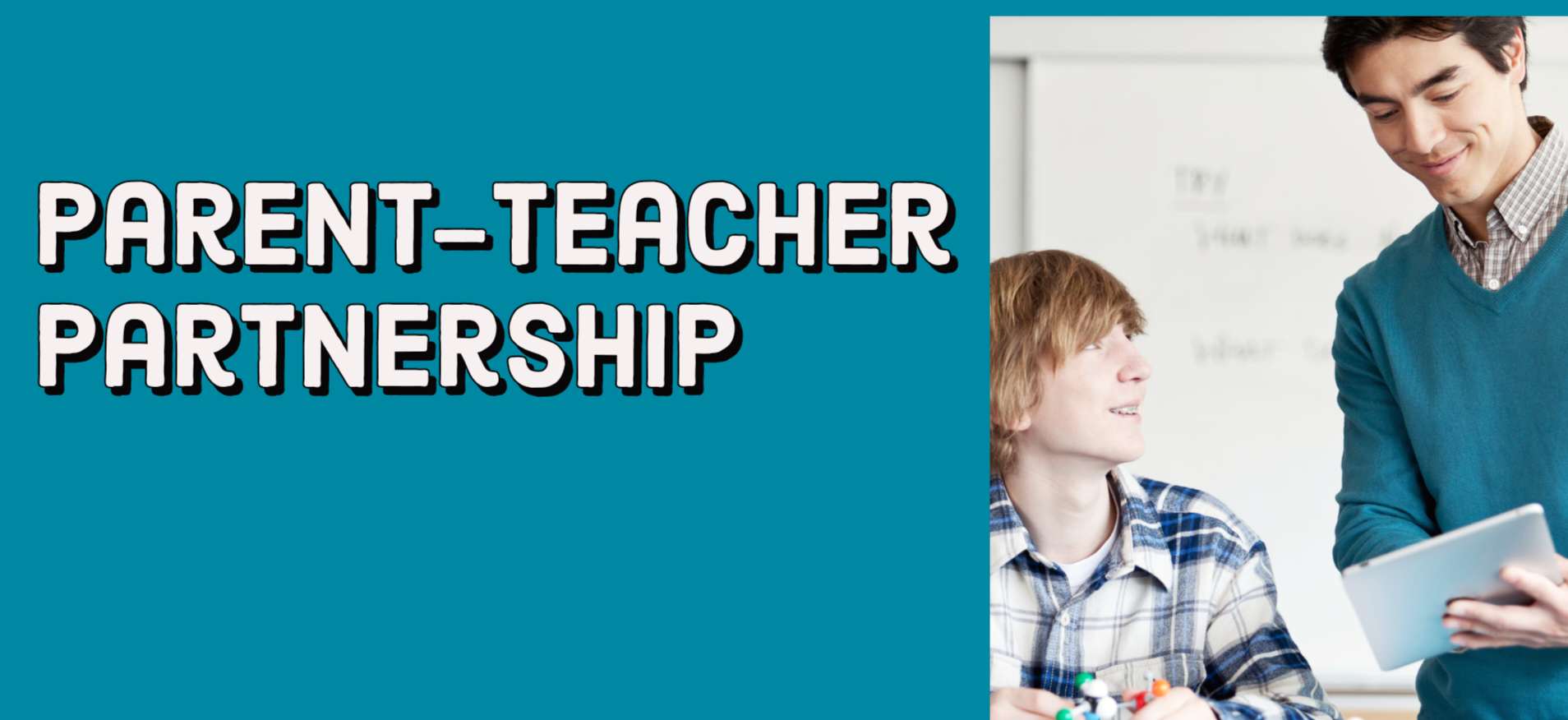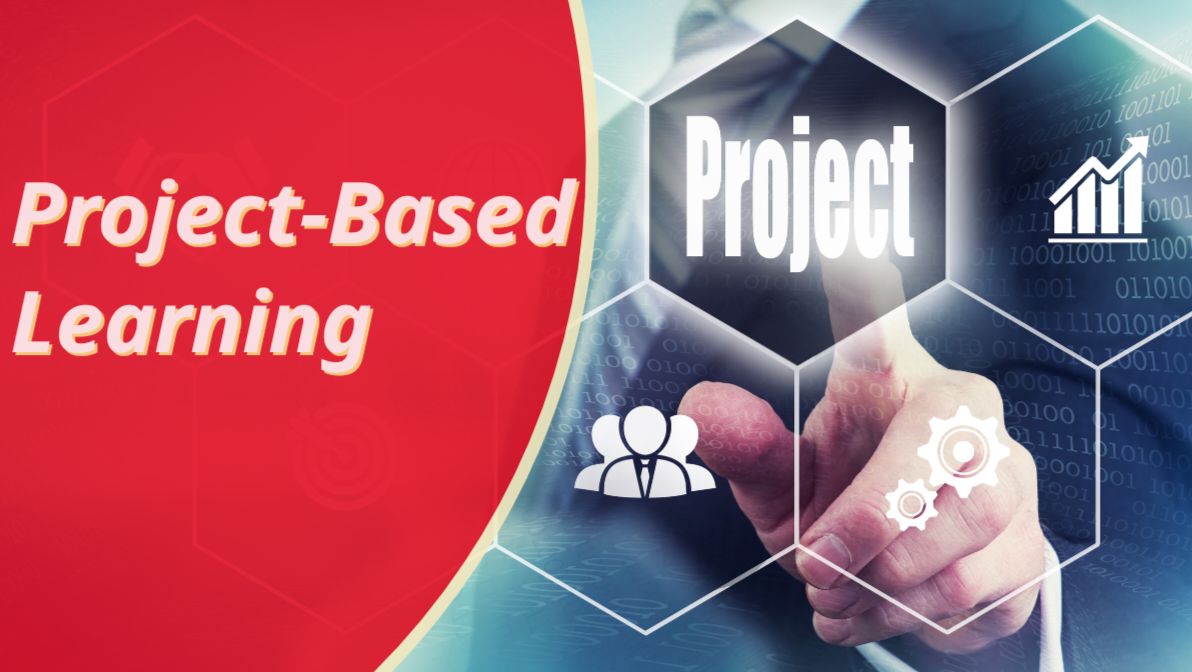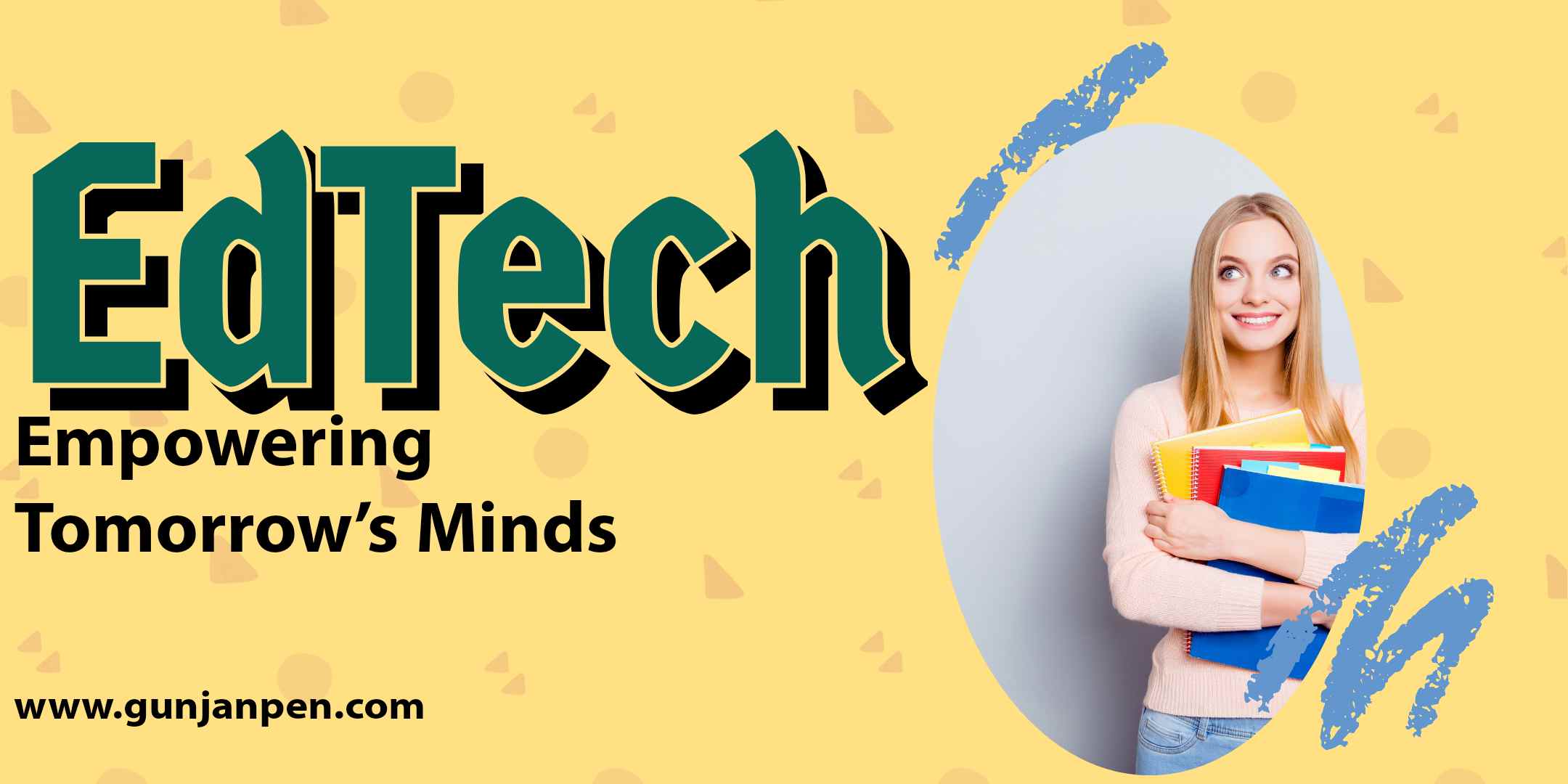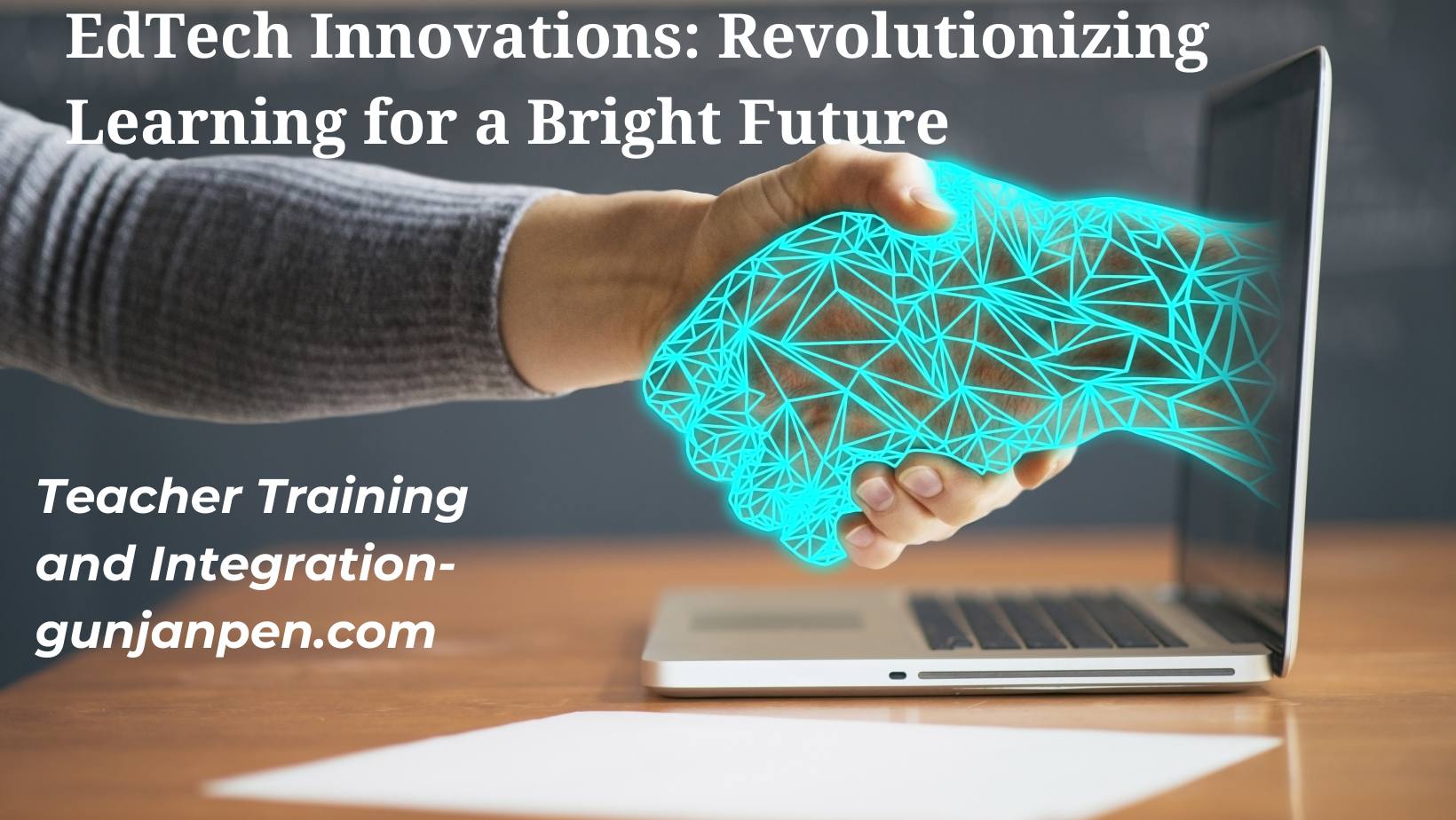Introduction
21st-Century Skills: Preparing Students for the Future- In today’s fast-paced world, traditional education is no longer sufficient to equip students with the tools they need to succeed in the 21st century. The landscape of the job market and the skills needed to excel have changed dramatically, requiring educators to focus on preparing students with 21st century skills. These skills go beyond traditional subjects and include a range of abilities that empower students to thrive in a dynamic and interconnected global environment.

table of contents
Introduction
What are 21st century skills?
Importance of 21st century skills in education
critical thinking and problem solving
collaboration and communication
creativity and innovation
digital literacy
adaptability and flexibility
Cultural competence
entrepreneurial mindset
environmental awareness
Integrating 21st Century Skills in the Curriculum
Role of teachers and coaches
Challenges in Implementing 21st Century Skills
Assessment and Measurement of 21st Century Skills
Future of Education: Nurturing Holistic Development
conclusion
questions to ask
As we navigate the complexities of the 21st century, the skills that students need to excel have transformed drastically. It is no longer sufficient to rely solely on traditional subjects like math, science, and literature. The ability to adapt, innovate, collaborate, and think critically has become paramount. This article delves into the significance of 21st-century skills in education and how they can shape a brighter future for students.
What are 21st century skills?
21st century skills are a set of abilities that enable individuals to successfully navigate the modern world. These skills include cognitive, social, and emotional competencies that prepare students to excel in various aspects of life, from education to career and beyond. In a rapidly changing landscape, these skills act as a compass, guiding individuals through challenges and opportunities.
Importance of 21st century skills in education
Traditional education models often focus on delivering content, but the modern world demands more. 21st century skills are important because they empower students to be lifelong learners and active thinkers. These skills not only prepare students for the workforce but also enable them to contribute meaningfully to society and become well-rounded individuals.
critical thinking and problem solving
At the core of 21st century skills lies the ability to think critically and solve complex problems. Students who can analyze situations, evaluate information, and propose innovative solutions are better equipped to meet the challenges of a rapidly changing world. Critical thinking enables students to take a critical look at issues from which to make informed decisions.
collaboration and communication
In today’s interconnected world, collaboration and effective communication are invaluable skills. Students who can work seamlessly in teams, take advantage of diverse perspectives, and articulate their ideas clearly are more likely to succeed. These skills extend beyond the classroom and into the workplace, where collaborative efforts often lead to groundbreaking innovations.

